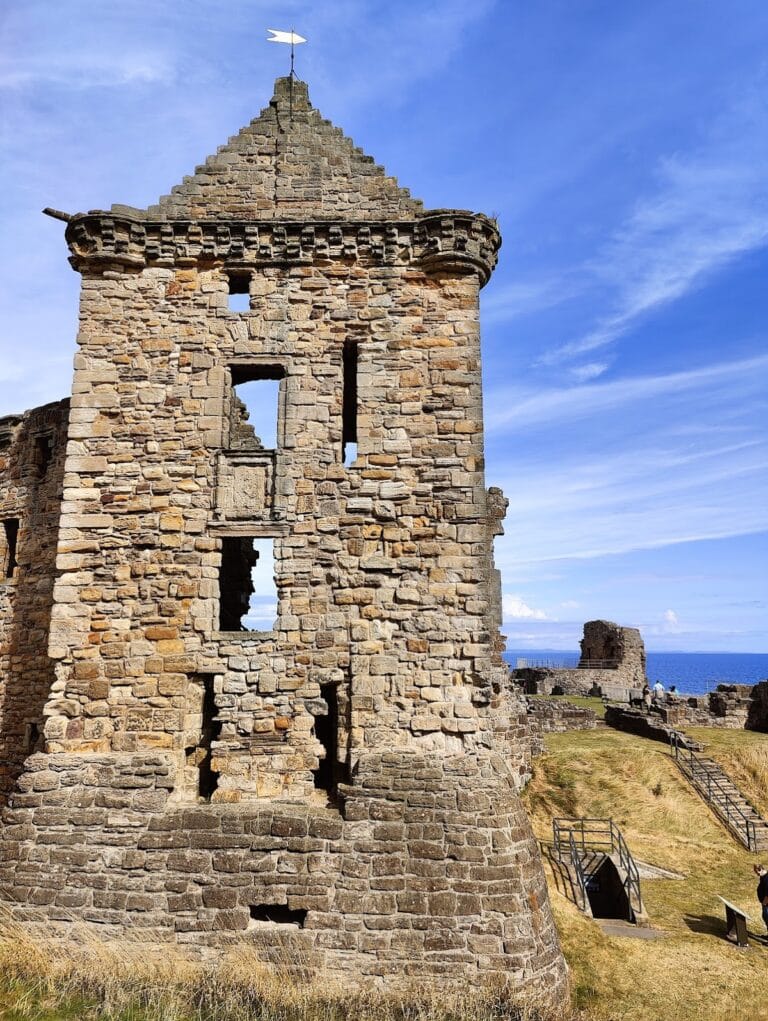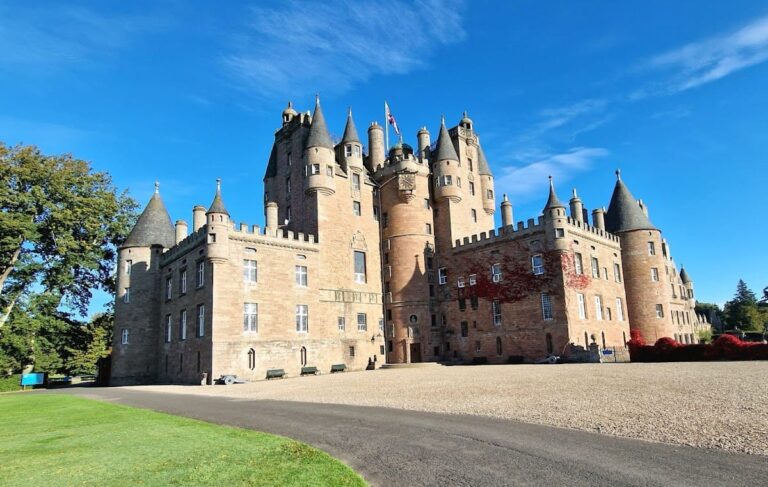Broughty Castle: A Historic Fortress at the Mouth of the River Tay
Visitor Information
Google Rating: 4.5
Popularity: Medium
Google Maps: View on Google Maps
Official Website: www.leisureandculturedundee.com
Country: United Kingdom
Civilization: Medieval European
Remains: Military
History
Broughty Castle stands on a promontory at the mouth of the River Tay in Broughty Ferry, Dundee, Scotland. Its earliest fortifications date back to 1454 when George Douglas, 4th Earl of Angus, received permission to build there. Around 1495, Andrew, 2nd Lord Gray, who had been granted the castle in 1490, constructed the main four-story tower house that forms the core of the castle.
During the mid-16th century, Broughty Castle played a key role in the War of the Rough Wooing, a conflict between Scotland and England. After the 1547 Battle of Pinkie, the castle was sold to the English by Lord Gray of Foulis. The English garrison strengthened the defenses, including adding a ditch on the landward side and fortifying a nearby hill. The castle remained under English control until February 1550, when French and Scottish forces recaptured it after a six-day siege led by Paul de Thermes.
In 1651, amid the Wars of the Three Kingdoms, General Monck’s Parliamentary army attacked the castle. The Royalist defenders abandoned it without fighting. The Gray family sold the castle in 1666, after which it gradually fell into disrepair.
In 1846, the Edinburgh and Northern Railway Company acquired the castle to develop a harbour for their railway ferry. The War Office took ownership in 1855 to protect the harbour from possible Russian attacks. By 1860, fearing a French invasion, the castle was rebuilt and fortified under architect Robert Rowand Anderson, with new walls and defensive structures added.
Broughty Castle remained a military site until 1932 and was reactivated during World War II from 1939 to 1949. A defense post was added atop the main tower during this period. After military use ended, parts of the outer battery were demolished in 1967 to create recreational space.
Since 1969, the castle has functioned as a public museum managed by Dundee City Council and Leisure & Culture Dundee. In 2024, proposals to close the castle due to budget cuts met with public opposition. Although a council vote favored closure in December 2024, community partnerships have kept open the possibility of continued heritage use.
Remains
Broughty Castle’s layout centers on a four-story tower house built around 1495. This tower forms the heart of the site, positioned strategically to control access along the River Tay toward Dundee and Perth. The castle occupies a promontory, with natural water defenses on several sides.
The English garrison during the Rough Wooing enhanced the castle’s defenses by digging a ditch across the landward approach and fortifying a nearby hill that overlooked the castle. These additions addressed a key tactical weakness in the original design.
In the 19th century, the War Office undertook extensive rebuilding. The main courtyard walls were reconstructed, and new wings and courtyards were added beside the tower. A caponier, a covered defensive passage allowing fire along the ditch, was built on the southeast side of the courtyard. Emplacements for nine large guns were installed to strengthen artillery defenses.
On the west side of the courtyard, a small enclosure was constructed. Between 1886 and 1887, a range of buildings was added east of the castle to house submarine miners, soldiers responsible for laying underwater mines in the Tay Estuary. From 1889 to 1891, a magazine for storing ammunition was built within the western enclosure, prompting major remodeling of the gun emplacements.
During World War I, the castle mounted two 4.7-inch Quick Firing naval guns, reflecting its continued military importance. The last military modification occurred in World War II with the addition of a defense post atop the main tower.
Today, Broughty Castle is a scheduled monument, recognized for its historical and architectural significance. Its core structures remain largely intact, showcasing layers of military adaptation from the 15th through the 20th centuries.










